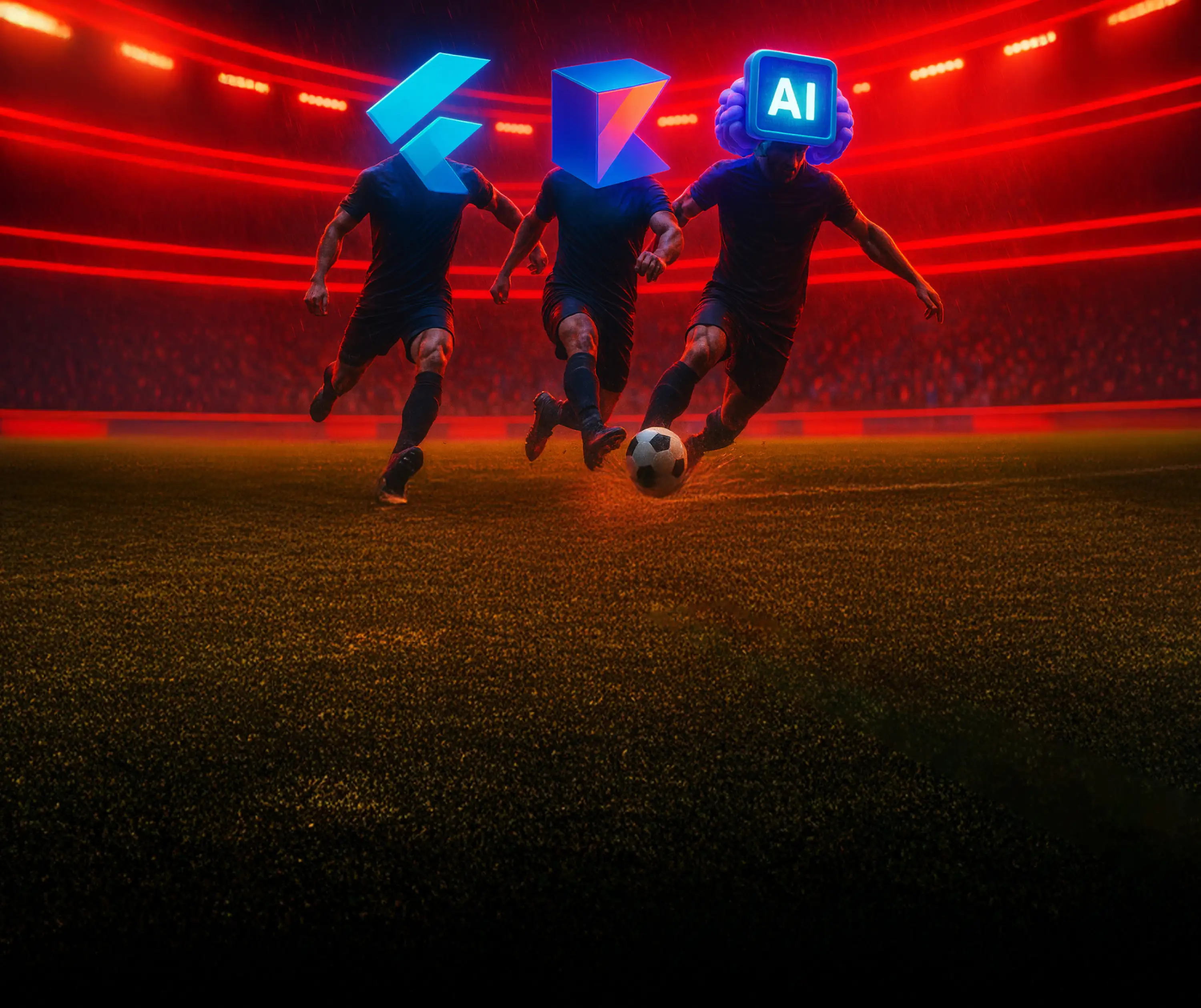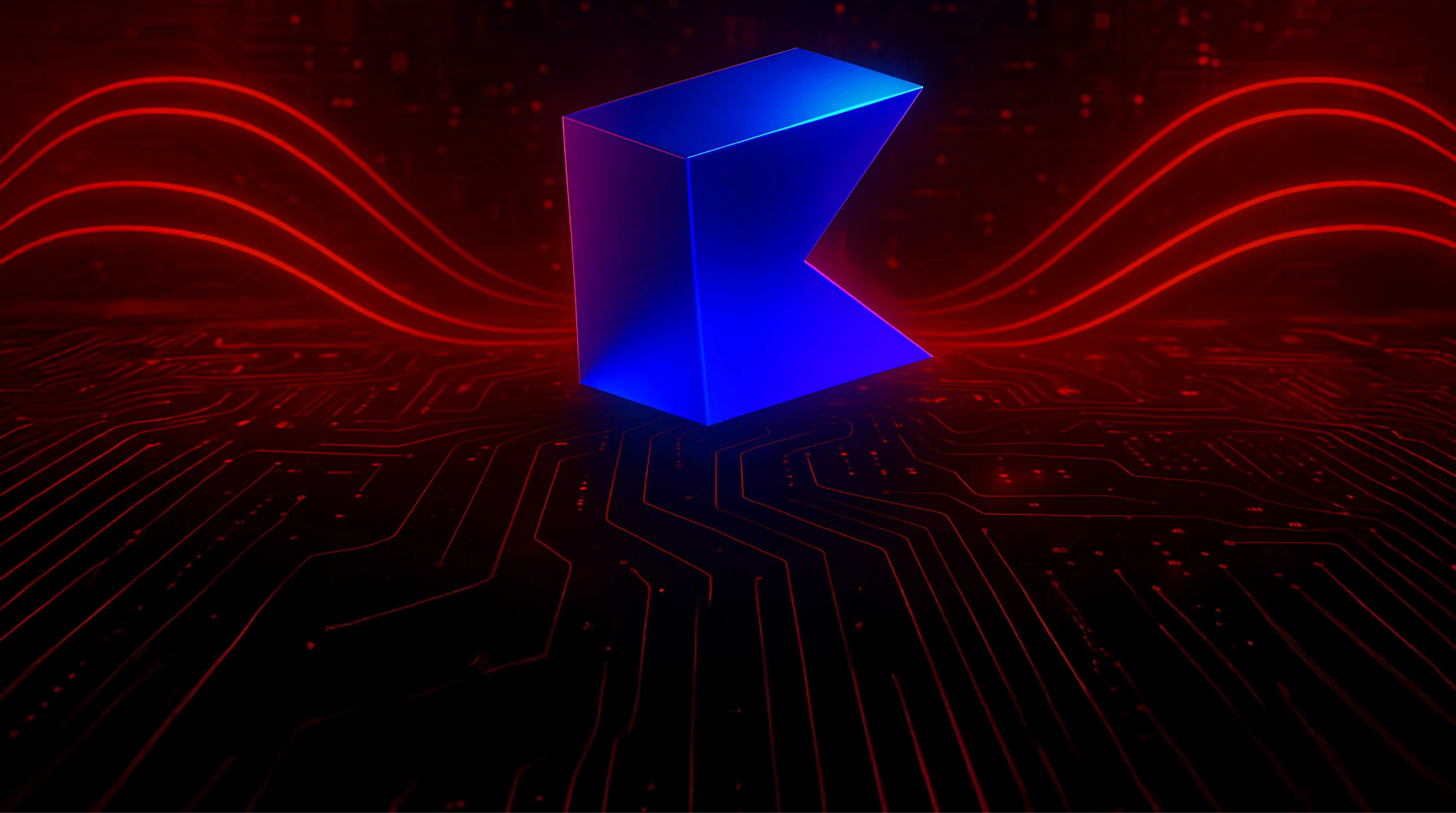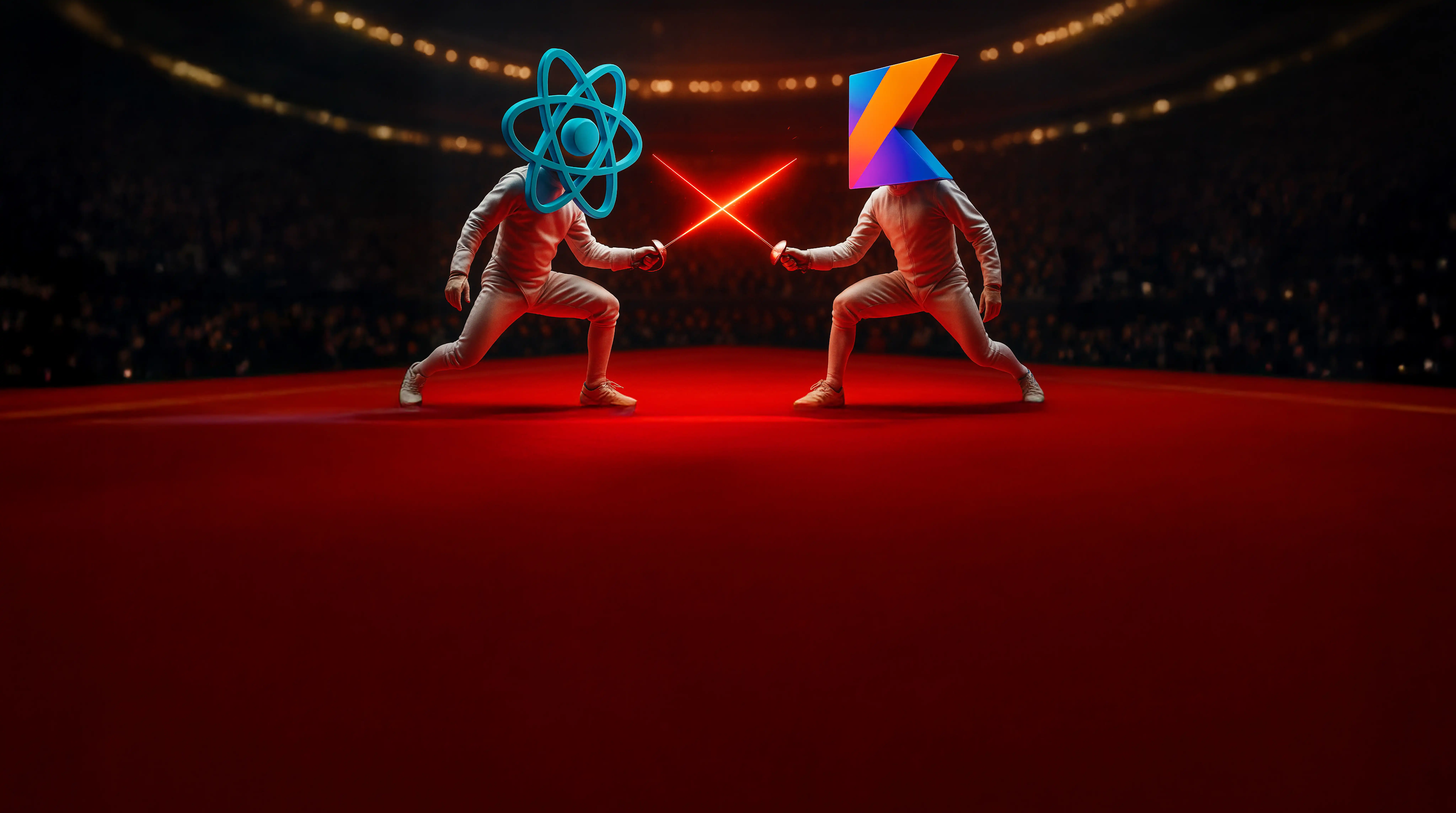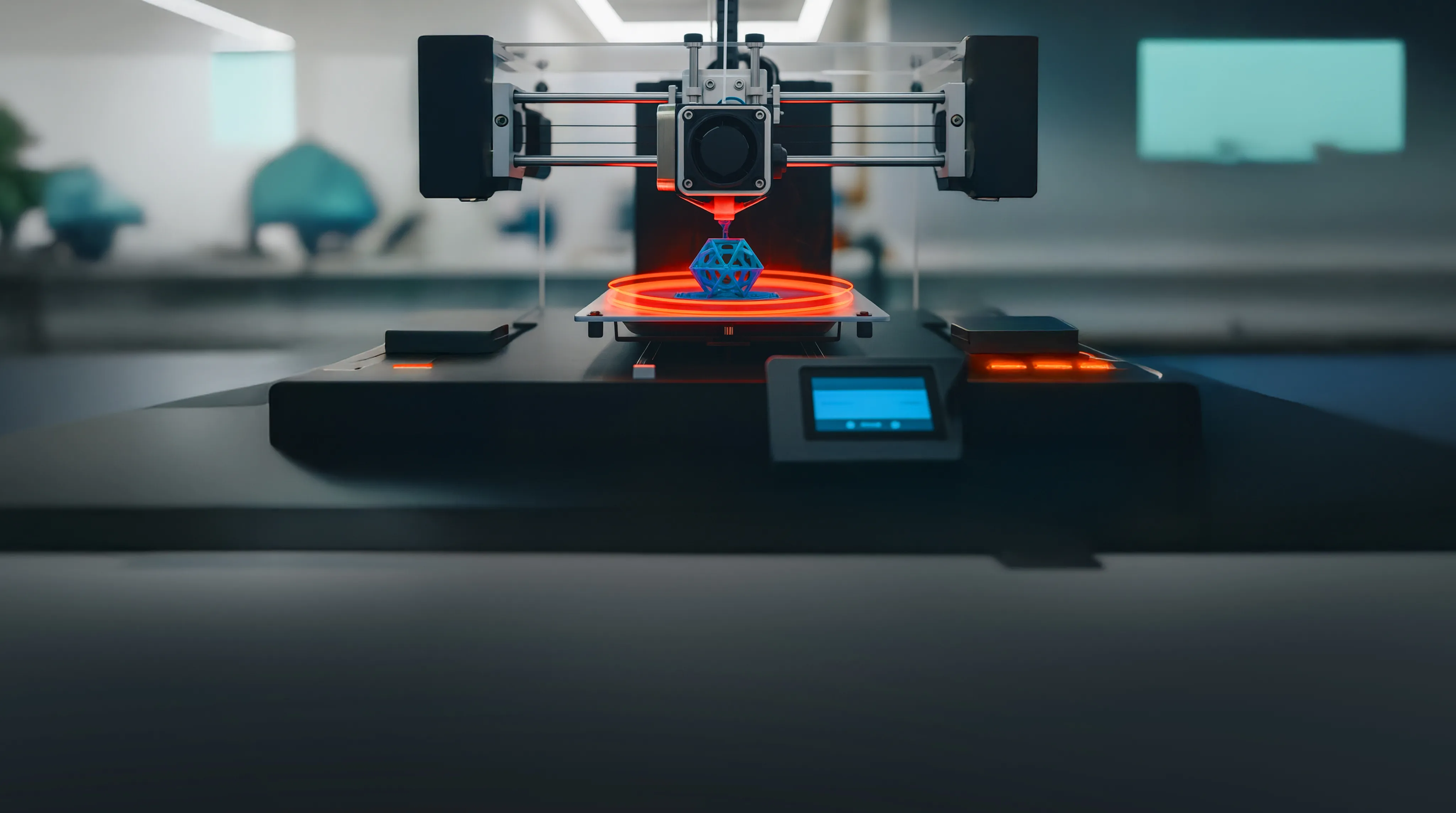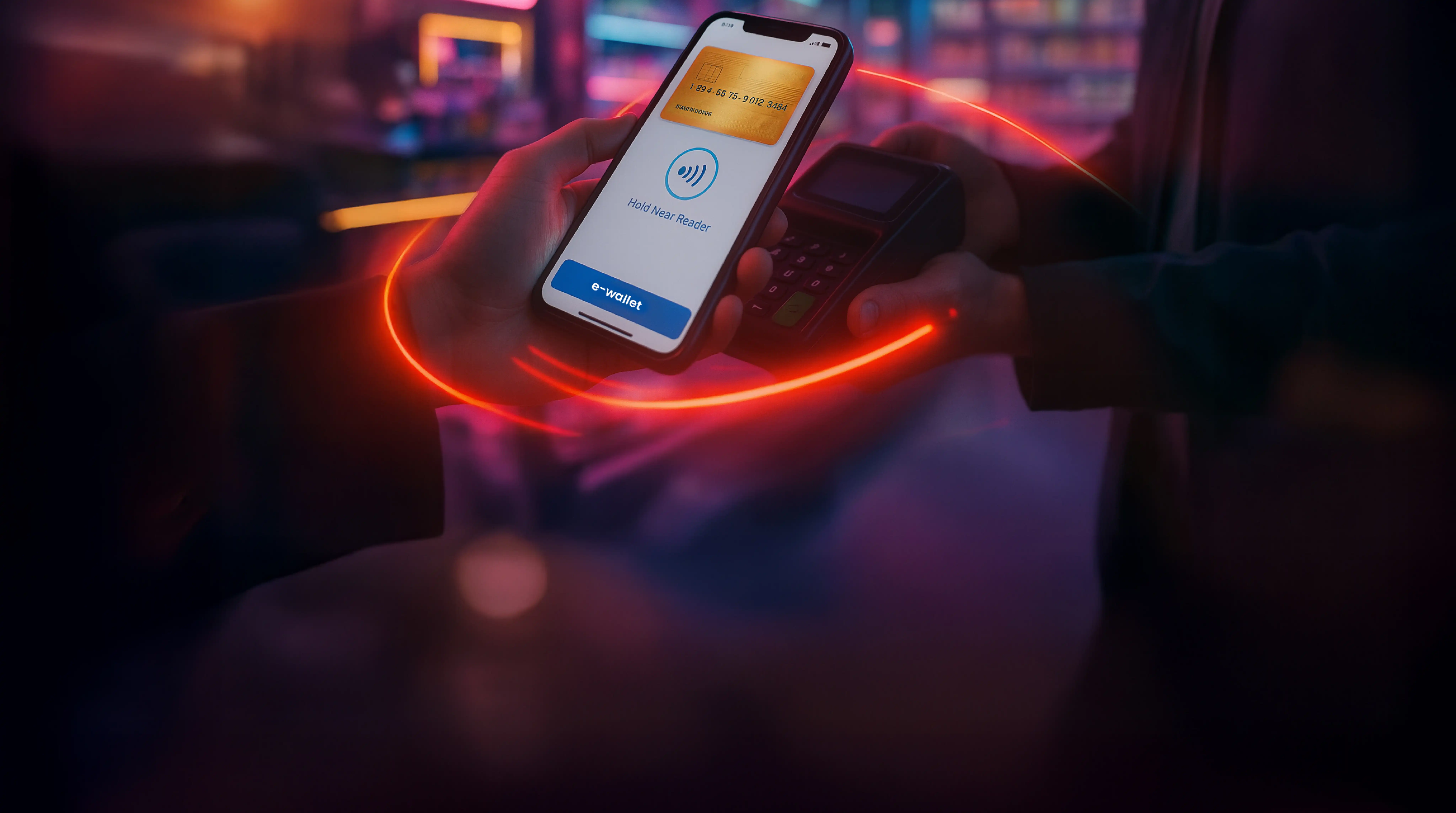Building Future-Ready Mobile Apps: Combining Flutter, KMP & AI
November 21, 2025
Introduction
The future of mobile app development is here. As technology continues to evolve, they are critical and closely tied to a business’s innovative process, its customer experience, and the company’s unique attributes.
App strategy must be sustainable. To achieve this, new technologies and architectures must be adaptable, scalable, and ready for the future.
However, as it changes, challenges multiply as innovation cycles are shorter, user behaviour is dynamic, and competition is global. Businesses need to ensure stable performance and user experience. This is possible with the help of machine learning and predictive analysis.
So what does future-proofing mean? It means the ability to support multiple mobile platforms, minimize maintenance overhead, and deliver enhanced security across multiple services.
Mobile apps have to change quickly, be able to work smoothly with different platforms (iOS, Android devices, Web, and Desktop), and use new tech in mobile apps, but still be of high quality and have technically superior app security and data protection.
The blog will explore the future of mobile apps through the lens of Flutter, Kotlin Multiplatform (KMP), and artificial intelligence (AI), building ecosystems that drive sustainable business growth. We’ll also understand how app developers create apps for mobile devices, wearable devices, and smart devices.
The Market Outlook
According to Statista, the number of smartphone users will be 7.49 billion by the end of 2025. Therefore, a digital strategy is still the main lever for any business success. To be successful, businesses need to spend on cross-platform app development, cloud computing, and intelligent automation.
Here are the key trends:
Features and Benefits
Before delving into each technology, it’s important to recognise the shared characteristics and business advantages they possess — all vital in influencing the future of mobile development and trends in mobile app development
Key Features to Demand
- A single codebase or maximum reuse is essential to minimize duplication and costs.
- Quick iteration cycles with little downtime are crucial in the development phase.
- Comprehensive UI/UX features promote brand uniqueness and have engaging user interactions.
- Quality, security, and compliance are embedded from the start, supported by security protocols.
- Vast structures that evolve in harmony with your user community.
- Mobile apps have been reshaped by technologies such as beacon technology, AR/VR reality, IoT devices, and AI.
Key Business Advantages
- Time-to-market and costs are reduced by being efficient through cross-platform development.
- Improved ROI due to reusable code and shared logic
- Improved user interaction through a continuous UI, easy-to-use design, and custom experiences for users.
- Flexibility is essential to avoid dependence on outdated structures.
- A smooth UI experience for users.
- Being prepared for innovation, such as introducing new features or AR/VR into app development.
- Uniformity across platforms — ensuring smooth user experiences across interconnected devices and channels.
- Together, these characteristics and benefits define the future of mobile applications, where flexibility, smart technology, and growth potential are crucial in mobile app development.

How Flutter, KMP & AI Help in App Development
Flutter in App Development
Google’s open-source toolkit Flutter has helped developers to create mobile apps that are usable across devices from a single codebase. The features of the framework are high performance, fast development cycles, interactive UI, and best practices in mobile app development.
Key Features and Benefits
- Cross-platform efficiency – One codebase for Android, iOS, and beyond.
- Hot reload – Real-time UI and logic updates during the development process.
- Rich widget library – Material Design and Cupertino widgets for native-like experiences.
- Near-native performance – Compiles directly to machine code for optimized apps.
- Cost-effective scalability – Reduced development time and overhead.
- Backed by Google – Strong community, Google Pay integration, and ongoing updates to meet the latest trends.
Flutter is ideal when:
- Speed-to-market is critical.
- The same mobile app must perform equally across iOS and Android devices.
- UI/UX consistency and animation-rich designs are priorities.
- There’s a roadmap for web or desktop expansion to reach other smart devices like the Apple Watch and wearable devices.
Although Flutter helps cross-platform development, some may require extensive native integrations or intricate tasks. In such cases, they might find Kotlin Multiplatform (KMP) advantageous.
However, Flutter continues to be preferred as an economical and high-performance mobile application that adheres to developing mobile app trends.

Kotlin Multiplatform (KMP) in Application Development
Kotlin Multiplatform (KMP) is a JetBrains’ open-source creation that enables app developers to share business logic across different mobile platforms.
Key Features and Benefits
- Shared business logic across Android, iOS, web, and desktop.
- Native UI and performance, ensuring platform-specific polish.
- Incremental adoption – KMP can integrate with existing native projects.
- Reduced maintenance through unified testing and logic sharing.
- Strong ecosystem – Backed by JetBrains and Google, ensuring long-term stability in the mobile app industry.
KMP requires a stronger technical foundation compared to Flutter. But in return, it delivers scalability, longevity, and maintainability — qualities essential for enterprises shaping their mobile app development future.
Comparative Analysis: Flutter vs. KMP

Both Flutter and KMP address different requirements in mobile app development. Flutter rapidly prototypes, while KMP ensures performance, scalability, and maintainability.
Artificial Intelligence (AI) in App Development
Artificial intelligence (AI) has transformed the interaction of mobile apps and their users. As a result, there are applications with the functionalities of voice recognition, automation, and analysis.
Key Features and Benefits
- Personalisation: Personalize user behavior prediction and user analysis through the integration of AI in applications.
- Automation: AI makes the whole app development process highly productive — this can be done by testing data analytics and customer support.
- Security and fraud detection: By using data protection and regulatory compliance, AI technology gives applications improved security features.
- Enhanced capabilities: With AI, mobile apps can develop to incorporate features like image recognition, augmented reality/virtual reality, wearables, IoT, and spoken interaction leading to possibilities and functionalities.
- Analytics-based insights: Insights through cloud technology and predictive analytics.
AI integration empowers businesses to optimize apps, personalize experiences, and improve checkout processes, mobile payments, and virtual assistants like Siri, Google Assistant, and Bixby — a defining force in mobile app development trends and mobile application development worldwide.
The Role of Cloud Computing in the Future of Mobile Development
Cloud computing continues to gain momentum as a significant factor of innovation, scalability, and flexibility in the transition towards the future of mobile development by businesses.
Developers can create and launch apps considerably more quickly thanks to the cloud-based architecture, which guarantees that the platforms and devices are perfectly synchronized.
When developers incorporate AI into mobile apps using the cloud environment, they can instantly handle massive amounts of data, which significantly improves security, personalization, and even performance.
The adoption of mobile development trends such as edge computing, serverless architectures, and microservices has the local mobile team structure as the most significant beneficiary of the optimization of resources, agility, and even flexibility.
The cloud-driven mobile ecosystems have the ability to support continuous delivery pipelines, remote testing, and automated scalability; therefore, the time-to-market for new features is shortened considerably.
The future of app development, according to enterprises, is a fusion of cloud capabilities with new technologies such as AI, IoT, and blockchain. Such a combination is the basis for data protection, cost efficiency, and innovation readiness – the main pillars of mobile application development in the future.
Companies that are increasingly moving towards cloud-native solutions will be the ones to enjoy long-term success in the highly interconnected digital world, as their ability to adapt, analyze, and evolve in real time will be their differentiator.
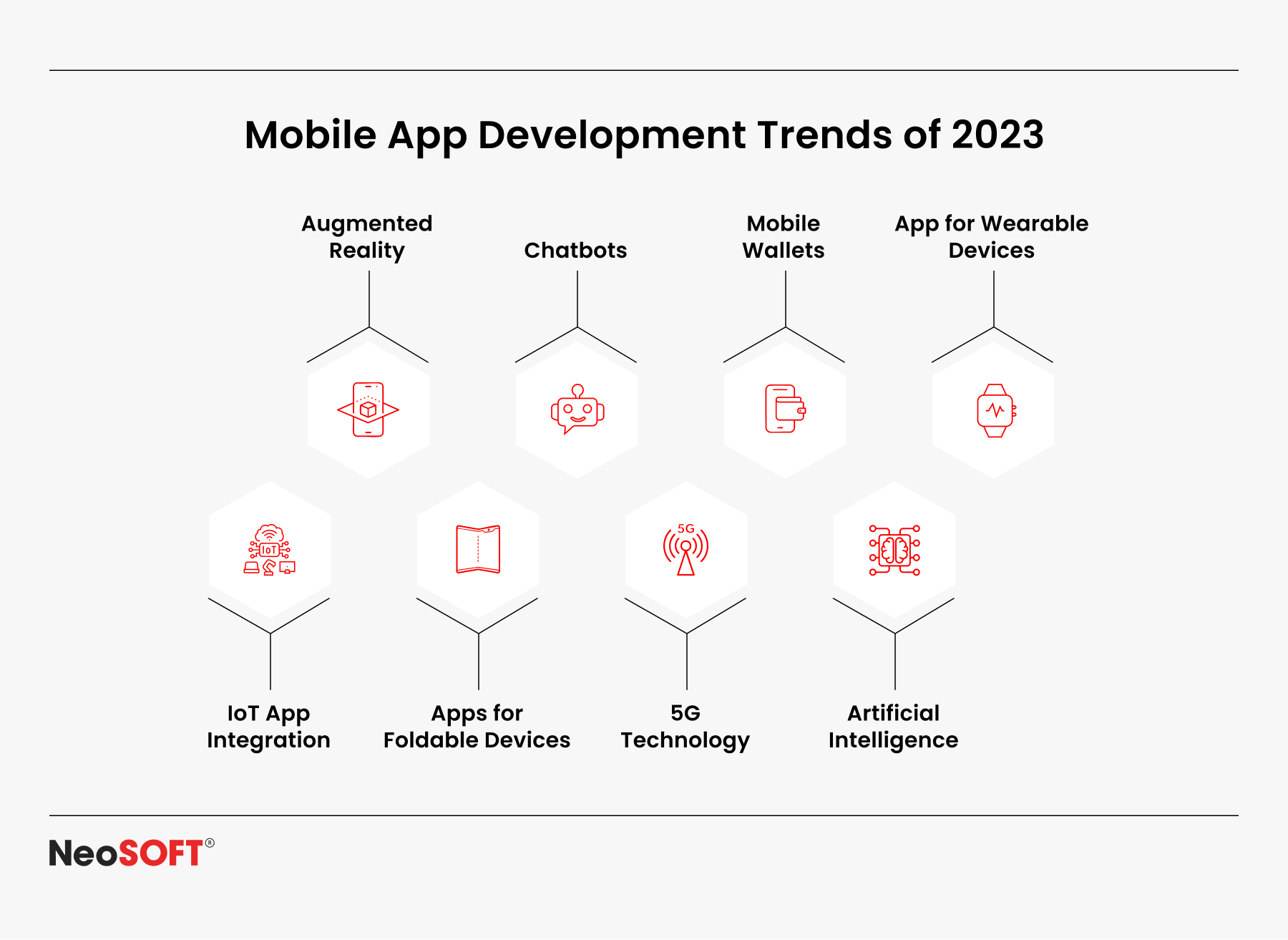
Future Trends in Mobile Development
As mobile app development trends change, the future will too, bringing uniformity between apps, devices, and user preferences.
- Convergence of Platforms & Devices: Apps will combine across platforms and devices, from foldable devices to other desktop-mobile hybrids. Flutter’s unified codebase and KMP’s shared logic make this achievable for mobile app developers.
- Smart Experiences & Generative AI: Gen AI works differently for UI/UX, app development tools, and new programming languages. If businesses want to stay ahead of the competition, they must integrate Gen AI.
- Embedded Intelligence & Edge Computing: Mobile apps that have to complete complex tasks get safe, secure, and faster reaction times when AI is used on the phone.
- UX, Performance, and Security Expectations: Users want customised user experiences and flawless performance. To meet user expectations and security concerns, KMP and Flutter are combined.
- Sustainability and Maintainability: Companies should focus on long-term efficiency rather than on temporary releases. Durability and adaptability should be at the forefront of minimising technical debt through the right kind of architecture.
Bridging the Gap: Flutter, KMP & AI Together
Future-ready mobile ecosystems won’t rely on a single technology. When Flutter, KMP, and AI coexist, it will emerge to deliver seamless user experiences across mobile phones, smart devices, and wearable technology equipped with the latest technologies in mobile application development.
While Flutter provides front-end speed, design consistency, and easy app integration with mobile wallets and payments, KMP manages shared business logic and platform-level scalability.
AI has integrated into every aspect, such as automation, analytics-based insights, of mobile app development.
A hybrid stack like this helps organisations to innovate quickly while maintaining architectural integrity.
With Flutter, users can develop visually rich interfaces, handle core shared logic with KMP, and enhance experience with AI. The unified strategy reflects the key trends and changing user behavior.
Best Practices for Building Future-Ready Mobile Apps
- Adopt a modern architecture: Design your application as individual components, each of which can be leveraged in different parts of a cross-platform app development.
- Prioritise maintainability over novelty: Preparation for apps to scale and be stable should be the focus across all mobile platforms.
- Integrate AI early: AI should be a priority and integrated early, which influences data model, user behavior analytics, and UX design.
- Invest in cross-platform testing: Test across all devices, and invest in testing pipelines for ecosystems, smart devices, and wearable devices.
- Leverage analytics: Measure performance often for retention and user preferences, done using cloud technology and AI/ML.
- Stay adaptable: Leverage advanced technologies such as edge AI, blockchain, AR/VR, and smart contracts.
Challenges in Future Proofing
Ensuring future readiness comes with its difficulties. Organisations need to reconcile innovation with expenses and adaptability with intricacy, as mobile app development swiftly progresses with emerging trends
- Talent gap: Skilled Flutter, KMP, and AI engineers are in high demand across the mobile app development industry.
- Integration overhead: Blending multiple frameworks can complicate CI/CD pipelines and app integration.
- Security development: Continuous monitoring is necessary; as AI advances, so do the threats. Allocating resources to strong security protocols is essential.
- Regulatory compliance: Compliance with global protection laws is necessary. They need to be integrated into mobile strategies and cloud computing architectures.
Companies that recognise and tackle these problems by implementing robust architecture, DevOps culture, and cloud technology will have leverage in the mobile app market.
Conclusion
Make the right choices by investing in the right technologies. The future of mobile apps can determine the success and obsolescence of these choices. Flutter focuses on delivering, and KMP offers scalability.
Combining them with AI, it delivers what it promises – making future-ready ecosystems for mobile app development. Choose what fits your business needs the best.
Together, they help organisations thrive in the mobile app industry, where adaptability and innovation define competitive advantage in technology. Contact us at [email protected] to understand how our expertise in AI, Flutter, and KMP-driven solutions can help you engineer the app development today — empowering your business to create apps that connect devices, deliver enhanced security, and redefine the future of mobile apps.







